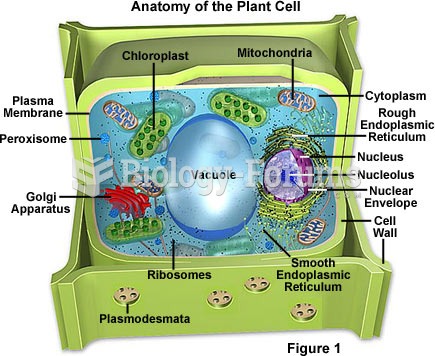Answer to Question 1T
Answer to Question 2Wetlands are areas that are flooded or saturated by surface or groundwater often enough and
long enough during the growing season to support vegetation adapted for life in saturated soils. The
condition has three criteria.
1. Wetlands possess hydric soilssoils that are saturated, flooded, or ponded long
enough during the growing season to develop anaerobic conditions in the upper
part.
2. Wetlands exhibit wetland hydrologythe amount and behavior of water is such
that the surface soil is saturated enough during the growing season to warrant the
designation of wetland.
3. Wetlands host identifiable wetland vegetation.
Wetlands play an important role in water cycles of the United States. Many are sites for the
recharge of groundwater. Wetlands also store water during snowmelt or heavy rains, reducing the
amount of flooding by buffering rivers from an immediate influx of water.
Wetlands also play a role in improving water quality by trapping and filtering nutrients,
sediments, and pollutants. Marsh plants absorb nutrients and even toxic chemicals. Peat on the marsh
floor also absorbs pollutants, and high bacterial populations denitrify and remove nitrogen
contamination. Wetlands help reduce nutrient and chemical runoff from farms and nurseries.
Wetlands function as wildlife habitats. Hundreds of other nongame animals depend on
wetlands for food, protective cover, or sites to raise young. Wetlands provide spawning areas for fish
and shellfish, particularly coastal marshes that host commercially important species.
Wetlands also provide recreational and educational opportunities. Much hunting and fishing
depends on wetland habitat, either directly or as nursery habitat for game or gamefish. Science classes
often visit wetlands for study. Pollen imbedded in peat layers on the marsh floor are studied to recreate
past climatic and vegetative conditions.
Although society benefits from wetland preservation, landowners bear the cost without
directly realizing all its benefits. This makes it common to drain or fill wetlands for cropping or
development.
Wet soils have fewer ecological functions compared with wetlands. Nearly 25 of all
farmland would be too wet to support full production if it were not drained. The most apparent sign of
poor drainage is the presence of standing water several days after a rain. Water-loving plants are often
found growing on wet soil.
Soils are divided into the seven drainage classes. These classes range from excessively drained
to very poorly drained. Soils classified as very poorly drained, and many of those that are poorly
drained, meet the criteria for legal wetland and are best preserved as wetlands.
Answer to Question 3ANS: Suspended







